Words Chris Hector, pictures Ros Neave
Carl Hester talks about the development of Valegro’s balance, self carriage, power and expression, and that elusive quality, positive tension:
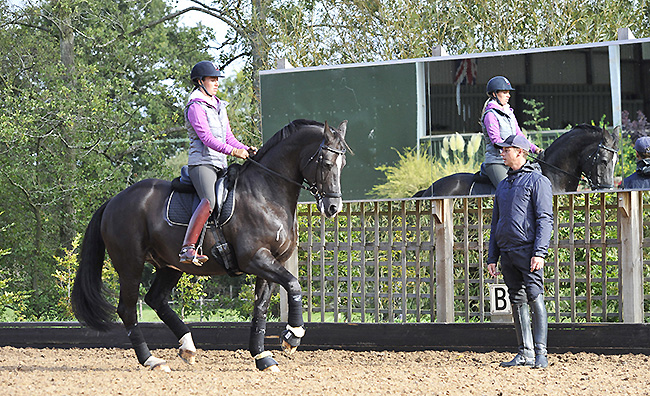
Kit Houghton image
Can we talk about positive tension? It looked to me, when we have been watching Charlotte working Valegro, that the incredible quality that she was showing was positive tension, he was electric, he was never stressed, but he was electric, and that’s a very weird concept…
“Where it tips over, that positive tension, is if you let the horse get strong in the bridle. Once you let the horse become heavy on the hand and strong in the bridle, it’s not positive any more, because then there is a block. If you can create what we try to create, without heavy hands, without hanging onto the rein, if you can do it with self-carriage, then it looks beautiful. It’s this word, expression, which is a dangerous word because once you put expression into it, like heightened suspension and things like that, then if you have got the wrong rider, or a rider who doesn’t ride with an independent seat, then they use their hands and that’s when you get that horrible looking, jerky dressage. It is something we really work on, to be able to create it, without going over-board.”
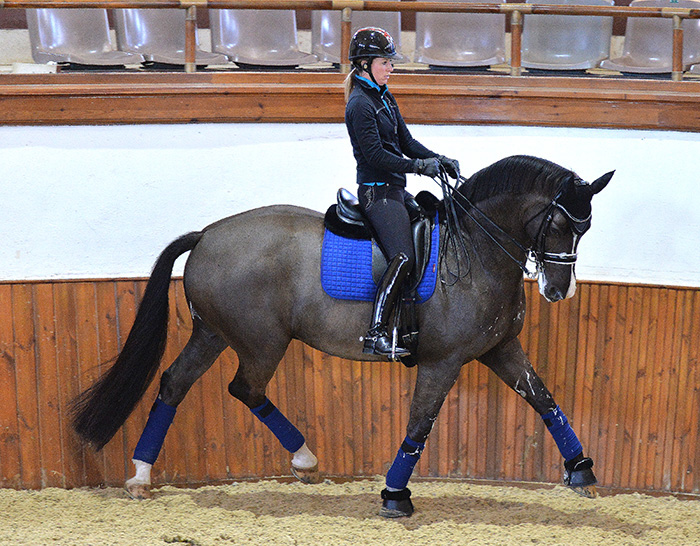
Did you have to create it with Valegro?
“Of course. Anyone who remembers him as a four, five or six year old, he had a very strong, Cobby, trot, there wasn’t the sort of power and expression he has now.
The young Valegro, he always had the hock action… K Sparrow images
Working on self-carriage right from the start, Carl and Valegro
He has a hanging moment now and he looks like an incredible mover, but back then, he had all the mechanics, but he didn’t have the lightness, he was always a bloody strong horse. He always had the hock action, that I don’t believe you can change.”
Can you talk a little about self-carriage?
“Self-carriage is really easy to see. It’s that tension into the hand that we were just talking about with Valegro the first place you see it is through the whole of the top line of the horse. The best thing you can do for self-carriage is the give and re-take of the reins. It is amazing how you forget to do that when you ride on your own. That constant giving the hand, taking, giving, taking, making sure that the outline is stable, the mouth is soft. You only have to look at the mouth to know how it is working, the horse is carrying its own head and neck. People that ride on their own, it can be something that they forget they are doing, people put in too much power and that’s why they find self-carriage difficult, and I always think you’ve got to create balance and then put power in, that way around.”
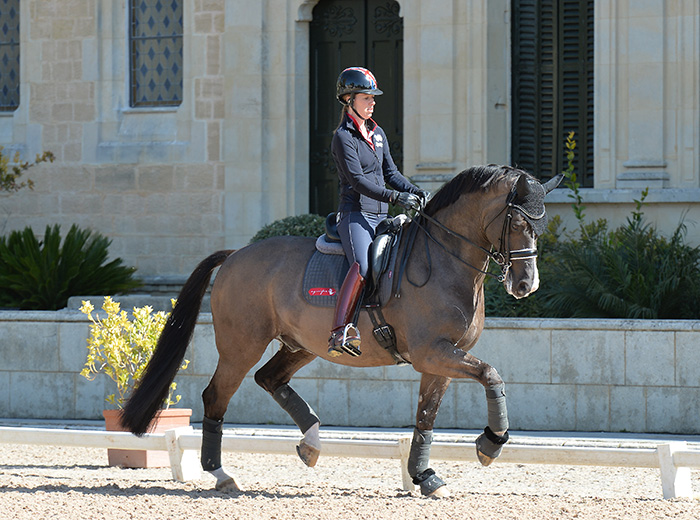
“We were always told, particularly through the German system, hind legs, hind legs, hind legs, ride him more forward, ride him more forward… and when you look around the world, there are very few riders with an independent seat, and if you don’t have that independent seat, then finding self-carriage is one of the most difficult things, and you should never forget it, really. But balance first.”
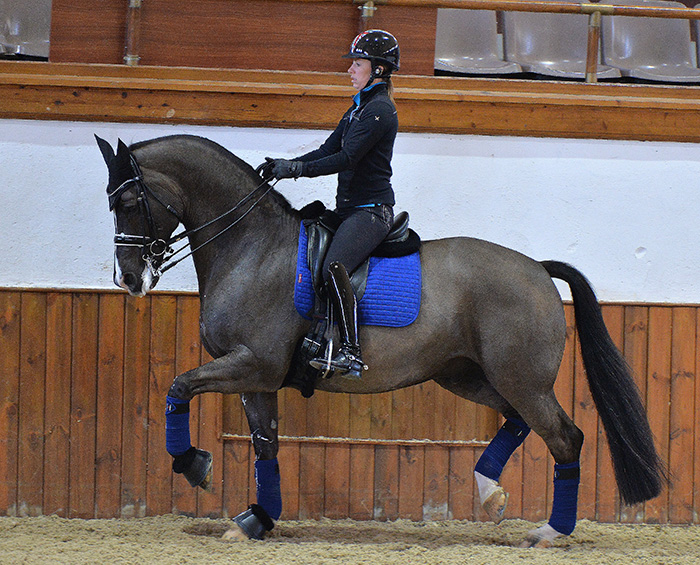
I’m not sure if it is chicken or egg, but the riders who sit in the middle of the movement, in the middle of their horse are the ones with the self-carriage…
“Exactly, they have self carriage themselves.”
And the riders who sit behind the movement, particularly the ones with their shoulders back, they are never going to have self-carriage….
“No, because they are driving the horse down in front. If they sit too strong, behind the vertical, then they are pushing the horse down, through and into the hand. I was told by ‘Rocky’* ‘when you go forward you bring your body forward and when you want to come back, you bring your body back’.
“And it is amazing how most of us do the opposite to that. He always said to me, ‘when you piaffe, you should be sitting over your knee, not sitting on your backside.’ Charlotte does that naturally, I have to remind myself to do it because I want to be too strong, but that is a really interesting little tip he gave me, because piaffe, you get the feeling that you are driving, but in fact you should be sitting over your knee to let the horse use its back.”
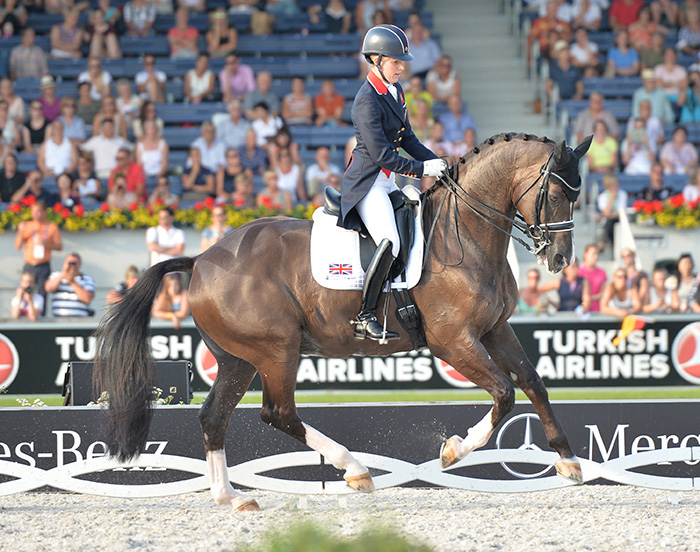
*Franz Rochowansky (1911 – 2001) affectionately known as ‘Rocky’ was a Chief Rider for the Spanish Riding School in Vienna before moving to the United Kingdom, where he was an influential dressage teacher who went on to be the Olympic team trainer for the Netherlands, USA and Britain.
Looking for a stallion in Australia for the 2025 season? Go to www.ihb.com.au and check out the amazing selection, stallions from all the top European lines:
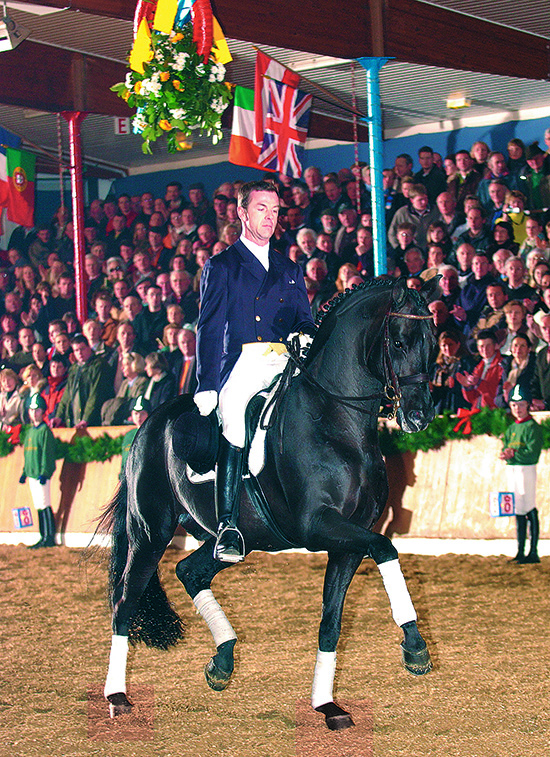
Sandro Hit
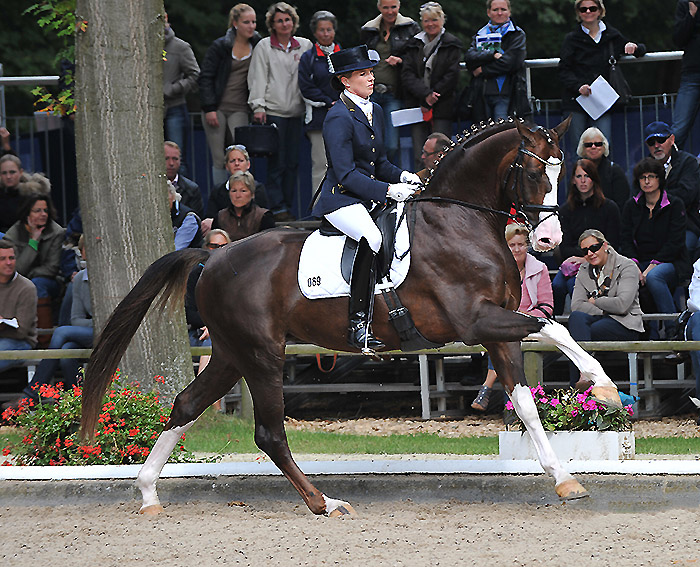
Benicio
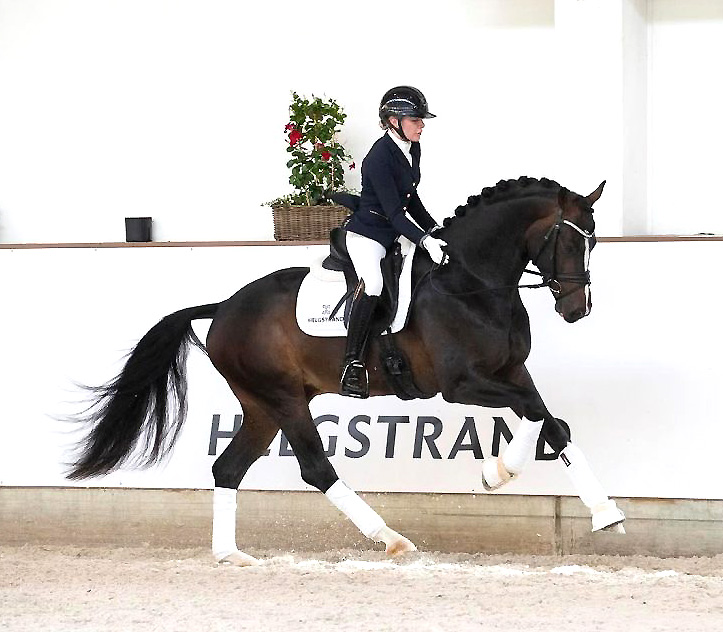
Elastic
And many many more: www.ihb.com.au


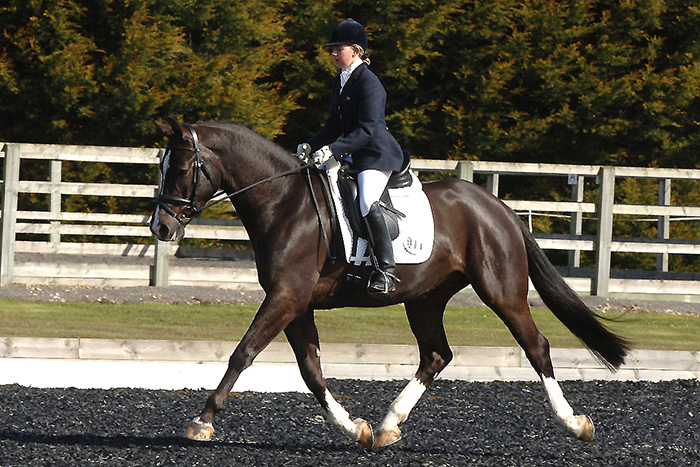
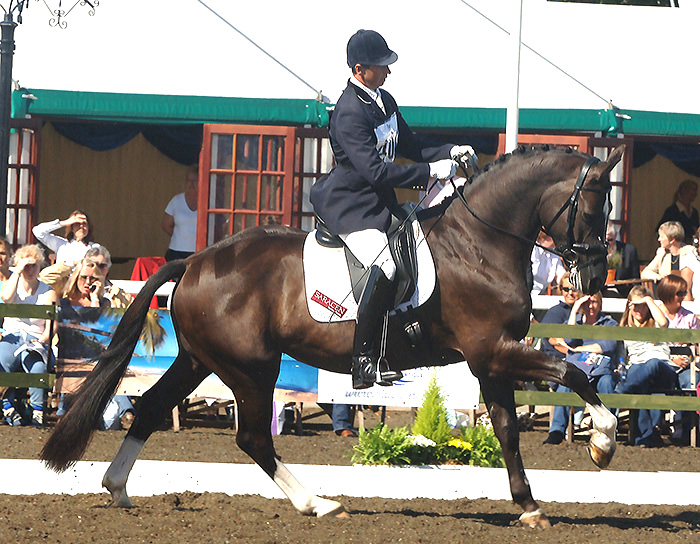
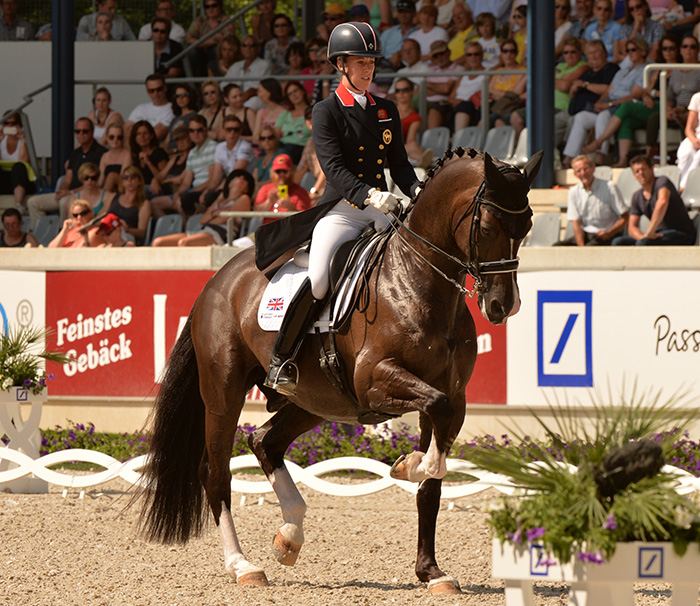
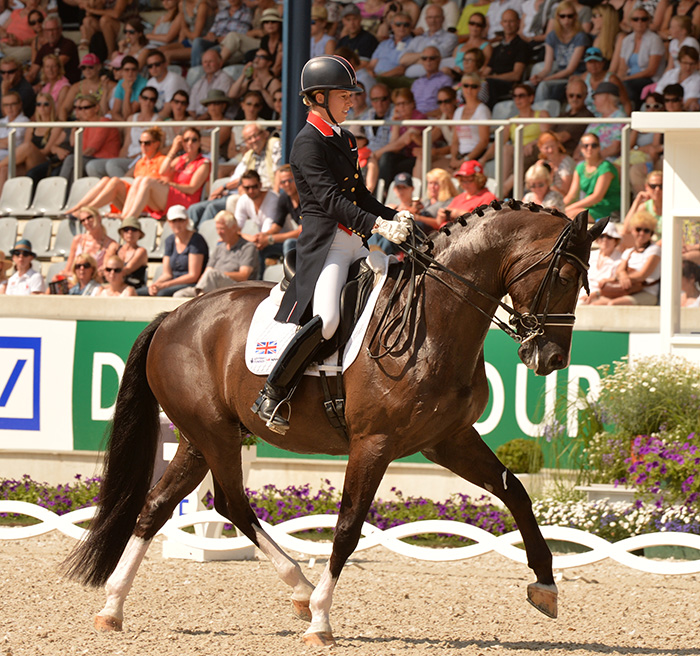
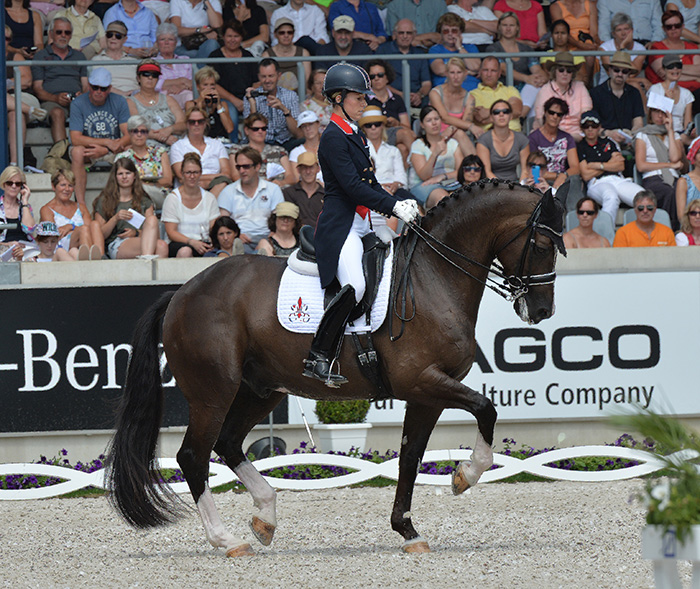
And every bit of self carriage is learning to use your entire core once you truly understand what that is. Once you know that, your breath, your position and your independent use of aids is possible. So much more to it than most riders are aware of.
Wonderful article! I would love to have a definition (maybe Charlottes?) of the independet seat!
Wonderful article! I would love to have a definition (maybe Charlottes?) of the independet seat!
Love this article- Carl is right on the money. What a great communicator he is !